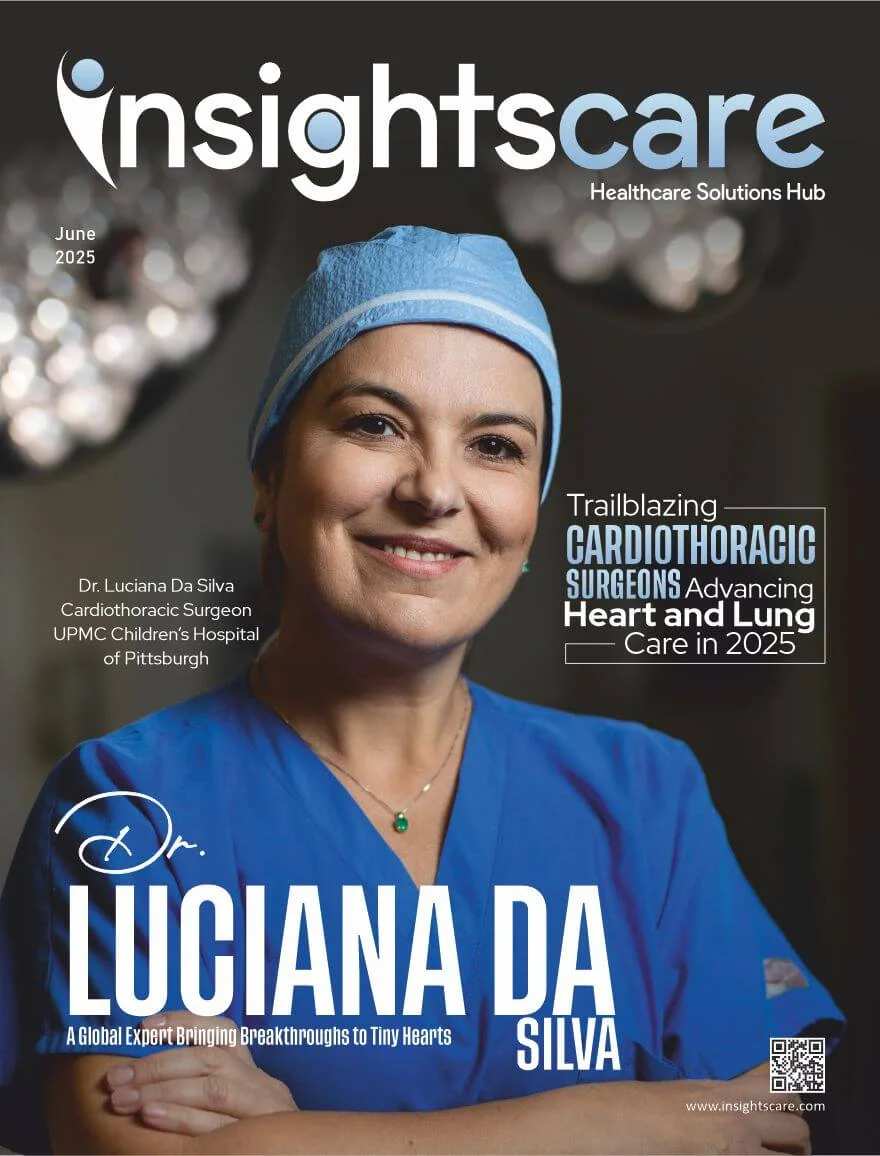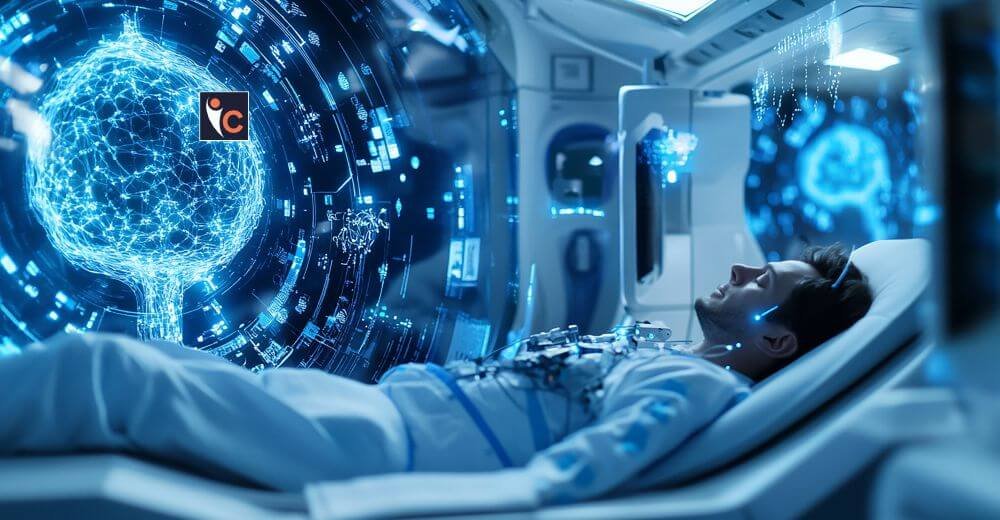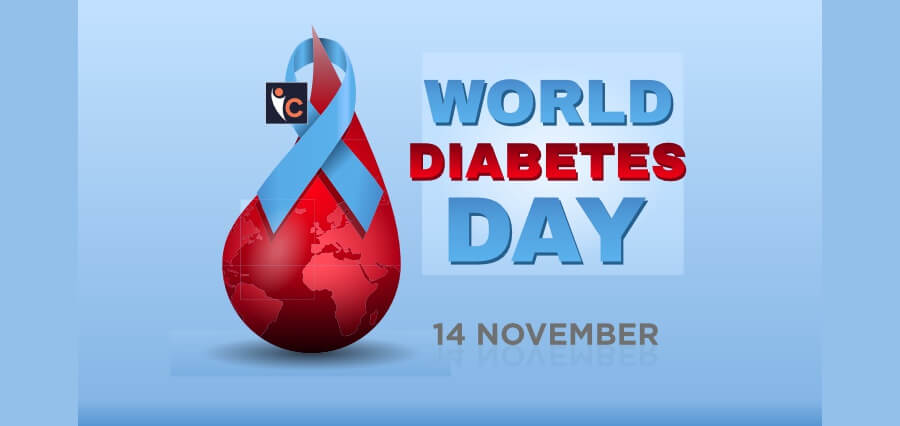Hirschsprung’s disease is a congenital condition characterized by the absence of nerve cells called ganglion cells in parts of the large intestine, or colon, which may cause difficulty passing stool. Being able to identify Hirschsprung Disease Symptoms early is vital because the disease can cause extreme constipation or intestinal blockage. Some of the symptoms can be similar to other GI conditions, but this understanding can allow for early diagnosis and intervention.
Understanding Hirschsprung Disease
The condition results from improper formation of the enteric nerves during embryonic development. The enteric nerves initiate muscle contractions that facilitate stool movement within the intestine. Absence of such contractions will result in an accumulation of stool, with varied symptoms resulting. The extent of Hirschsprung Disease Symptoms depends on the length of the affected segment. In some cases, the intestinal segment involved is very short and may not appear for months or even years.
Common Hirschsprung Disease Symptoms
Hirschsprung’s disease varies symptoms based on age. In some cases, new-born babies may have it; others develop this disease later on in infancy, childhood, and even in adults.
In Newborns
Failure to have a bowel movement within the first 48 hours of life. Swollen abdomen (belly). Vomiting green or brown substances. Problems feeding.
* Explosive stools or diarrhea after a rectal exam.
Symptoms in Older Infants and Children:
* Chronic constipation that does not improve with standard treatments.
* Abdomen is swollen.
* Failure to thrive, meaning they do not gain weight.
* Diarrhea.
* Symptoms of Hirschsprung-associated enterocolitis, which include diarrhea.
In some cases, Hirschsprung Disease Symptoms are mild and may not be diagnosed until later in childhood or adulthood. Adults typically have a history of abdominal swelling and chronic constipation that doesn’t respond to oral laxatives.
Differentiating Hirschsprung Disease from Other GI Disorders
It is challenging to make an accurate diagnostic assessment because various gastrointestinal disorders share overlapping symptoms with Hirschsprung’s disease.
- Young children often experience functional constipation which describes their rare bowel movements when they lack physical or structural abnormalities in their digestive system. Functional constipation differs from Hirschsprung’s because it does not include absent nerve cells in the colon. Patients with this condition experience three major symptoms including straining when passing stool and both hard stools and abdominal pain. Chronic constipation exists as a Hirschsprung’s symptom yet newborns who fail to pass their first stool serve as the defining indicator for the condition.
- The primary cause of intestinal blockage originates from hernias combined with adhesions along with intussusception. The same symptoms of abdominal pain plus vomiting and bloating exist in both medical conditions. The cause for Hirschsprung’s differs from other obstructions because Hirschsprung’s results from missing nerve cells while other obstructions form from physical blockages.
- Irritable Bowel Syndrome constitutes a long-lasting intestinal disorder that affects the large intestine through symptoms such as abdominal discomfort along with gas build-up and diarrhea and constipation issues. Although IBS occasionally leads to constipation it does not get diagnosed at birth nor does it exhibit the defining characteristic of absent ganglion cells.
- Celiac Disease functions as an autoimmune illness because ingesting gluten causes damage to the small intestine. These patients experience diarrhea along with abdominal discomfort and stomach bloating and they show signs of poor growth. The diagnostic markers for celiac disease include gluten sensitivity together with specific blood test results but failure to thrive represents an overlapping symptom with Hirschsprung Disease Symptoms.
- Chronic Intestinal Pseudo-Obstruction (CIPO) functions as a severe motility disorder that creates clinical and radiologic blockage symptoms although physical blockage remains undetectable. Abdominal pain together with distension and vomiting accompany the symptoms while constipation remains present. A proper assessment of intestinal motility and nerve function serves as the sole method to differentiate between CIPO and Hirschsprung’s disease.
Diagnostic Approaches
Diagnosis of Hirschsprung’s disease depends on clinical examination and diagnostic testing.
* Rectal Biopsy: Rectal biopsy is the gold standard diagnosis for Hirschsprung’s disease. A small tissue sample is taken from the rectum for checking the presence of ganglion cells. The absence of these cells establishes the diagnosis.
* Anorectal Manometry: The manometry determines rectal pressure in addition to anorectal function. Pressure that is outside a normal range suggests abnormal reflexive activity; abnormal reflex activity related to the lack of neurons associated with Hirschsprung’s disease could present.
* Barium Enema: With a barium enema, barium injection into the rectum results in X-rays with visualization of the colon; hence, narrowed bowel segments appear evident, typically typical of the problem in question as Hirschsprung’s.
Early diagnosis and treatment of Hirschsprung’s disease will help avoid the complications that come with enterocolitis and toxic megacolon. Enterocolitis is inflammation of the intestine and is considered life-threatening and must be seen to by a medical professional at once. It usually requires surgical intervention in which the portion of the colon involved is removed or bypassed. After surgery, most children have normal bowel movements.
Conclusion
The symptoms may mimic those of other GI diseases; therefore, diagnosis must be both prompt and accurate. Constipation, vomiting, and abdominal distension are some common features in various GI diseases, but failure to pass the first stool after birth is an important symptom for Hirschsprung’s disease. The rectal biopsy, anorectal manometry, and barium enema help in diagnosing the condition. Early intervention through surgery will improve the prognosis and prevent potential life-threatening complications. Health providers must maintain a high index of suspicion and thoroughly evaluate to rule out other gastrointestinal disorders to allow timely and appropriate management of patients with Hirschsprung Disease Symptoms. Knowledge of Hirschsprung Disease Symptoms and swift action will immensely improve the quality of life in such individuals.










